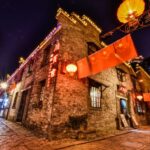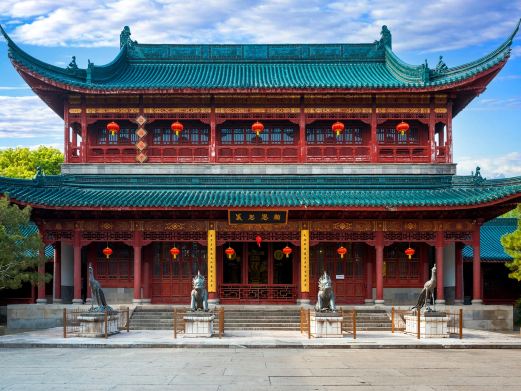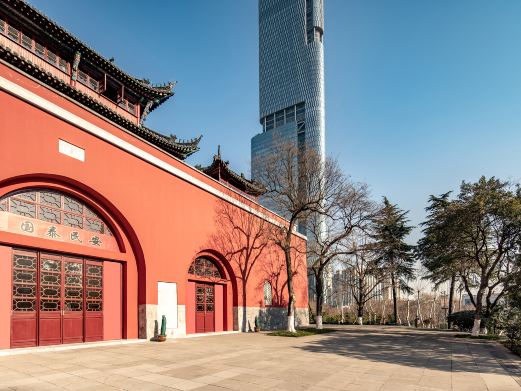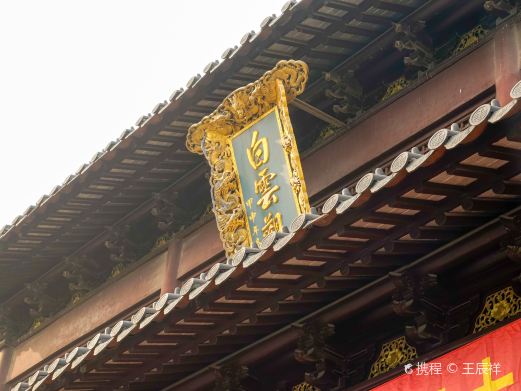San Wei Shuwu is located within the Lu Xun’s Hometown Scenic Area, where Lu Xun studied for five years during his youth. Visitors to this place often find themselves reminiscing about the phrases from the childhood text ‘From the Hundred Grass Garden to the San Wei Shuwu’ and the story of Lu Xun carving the character ‘early’ in the bottom right corner of his desk. The distance between the Hundred Grass Garden and San Wei Shuwu is not far; you can follow in Lu Xun’s footsteps from the garden.
After leaving the garden, head east for a few hundred meters, cross a stone bridge, and you will arrive. Upon entering San Wei Shuwu, the old-style private school comes into view. Although it has been renovated, the furnishings have largely remained true to their original appearance, not much different from the descriptions in the text. In the center of the study hangs the plaque of ‘San Wei Shuwu,’ beneath which is a painting of ‘Pine and Deer,’ and next to it stands a portrait of Mr. Shou Jingwu. In the past, students would pay respects to the plaque and the painting before beginning their studies. In the middle of the study, there is an eight-Immortal table, with a high-backed chair behind it for the teacher and various student desks surrounding it, which are of different styles as they were brought by the students themselves. The desk where Lu Xun carved the character ‘early’ is tucked away in the left corner, with a sign that makes it easily recognizable. This solid wood desk with two drawers, which Lu Xun used, is unfortunately blocked by a railing, making it viewable only from a distance, with the ‘early’ character barely visible. Behind the study is a small garden with brick flower beds, which still reflects the scene depicted in the article: ‘Behind San Wei Shuwu, there is also a garden, although small, one can climb onto the flower bed to pick wintersweet flowers, or search for cicada shells on the ground or on the osmanthus tree. ‘ Today, wintersweet, bamboo, and osmanthus are planted here, making it a pleasant small garden for visitors to imagine the joys of Lu Xun’s childhood. In front of San Wei Shuwu, there is a boat dock for the traditional Chinese boats, known as ‘Wu Peng,’ from where one can take a ride to Xianheng Hotel, offering a great water town experience. There are also other routes available, with different prices depending on the route (refer to the dock’s price list for details). Opening hours: Monday, 08:30-17:00; Tuesday-Sunday, 08:30-21:00. Essential tips: 1. San Wei Shuwu is small and often crowded with travel groups during holidays and weekends. To experience its charm quietly, it is better to avoid peak times, usually between 11:00-14:00 is slightly better. 2. Free entry to Lu Xun’s Hometown Scenic Area with a personal second-generation ID card. There is a daily visitor limit for some core attractions, so it is recommended to visit early during peak seasons.San Wei Shuwu
San Wei Shuwu is located within the Lu Xun’s Hometown Scenic Area, where Lu Xun studied for fi[...]









